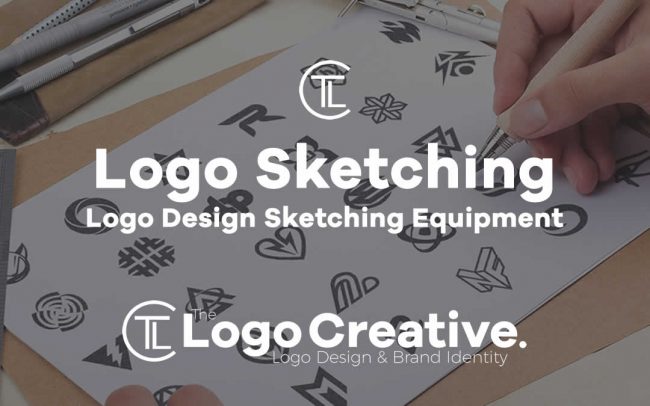A popular question I get asked on a weekly basis but other logo designers or people looking to become a logo designer is “What sketching equipment do you use?” I thought it would be a good resource to make a list and explanation of the equipment that I can refer people to.
When starting out as a logo designer, one of the most satisfying things is building yourself a great set of equipment. There is an old saying that goes “you are only as good as the tools you use” which can be very true.
Using all the fancy and expensive equipment is nice and feels good and yes some of the expensive gear does do a better job if budget is no objection,
I have been there buying all the flashy gear but over the years I have tested plenty of pens, pencils and sketchbooks so I have made a list below of some very affordable gear if you’re starting out or looking to purchase new equipment.
It’s important to underline that the equipment you use doesn’t necessarily make you a better craftsman. You won’t be a better logo sketcher by using the best pencil, just like a writer won’t write greater books with a more expensive computer. Yes, I’m all for using the right tools, and some tools are better than others, but a pencil is just as good as the hand that holds it.
Table of Contents
STAEDTLER MARS 502 LEAD POINTER
The Mars Lead Pointer is the equivalent of a pencil sharpener for the 2mm Clutch Pencil. There is already some sort of a sharpener on top of the clutch pencil, but using this lead pointer will give you the sharpest point possible. If you’re a hand logo designer or hand lettering artist, it’s so important to have a sharp pencil point for precision.

STAEDTLER MARS TECHNICO 2MM
The Mars Technico 2mm clutch pencil is what I and a lot of other professional logo designers and lettering artists use. It’s basically a mechanical pencil but with thicker lead. The “advance” on the pencil (the way the graphite retracts) is through gravity. You slide the graphite into the same end it comes out of. Then the “clutch” is a tripod clutch. The great thing about the Mars Technico is the fact you have what is a better mechanical pencil but cheaper. I’ve bought many expensive mechanical pencils and they haven’t worked well for me. I’m always going back to this clutch pencil to get the sharpest lines. I’ve got a few of these clutch pencils because they are so cheap and affordable!

STAEDTLER MARS HB – 6B GRAPHITE
When you buy the Mars Technico you’ll need to buy the graphite. When you research into buying the graphite you’ll find that it costs more than the pencil itself, but don’t worry about it! The pack of graphite comes with so many “sticks” that I’ve not run out yet – and have been using this pencil for a few years! Much cheaper than a standard pencil. You can buy the graphite in different “weights” – HB being the weight for me and many other designers. If you need a different weight in graphite you’ll be able to purchase it without any hassle.
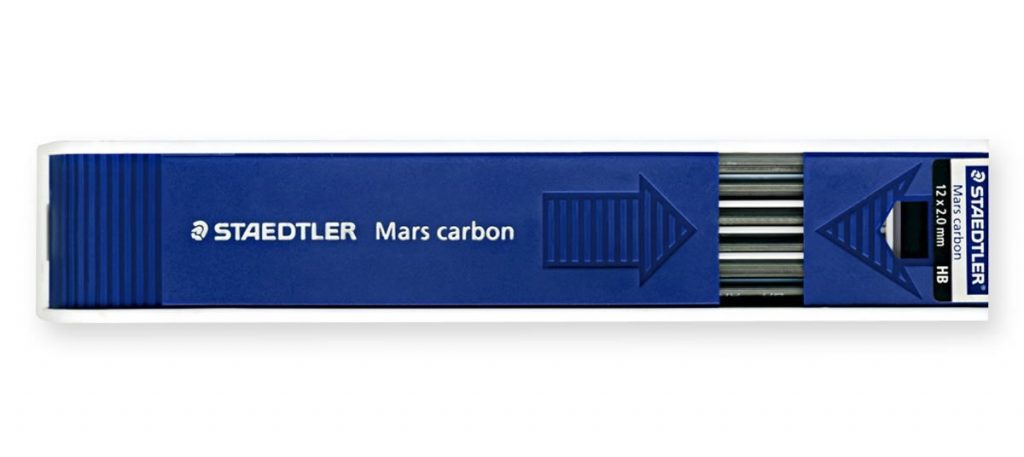
STAEDTLER PROPELLING GRAPHITE ERASER
The Mars Plastic Eraser is a super effective eraser. The form factor is that of a pen so you’ll be able to carry it in your pocket, you’re also able to buy more eraser once it’s run out. I find that the eraser itself works really well, with no smudging but then Stadtler is known for this they are quality erasers.
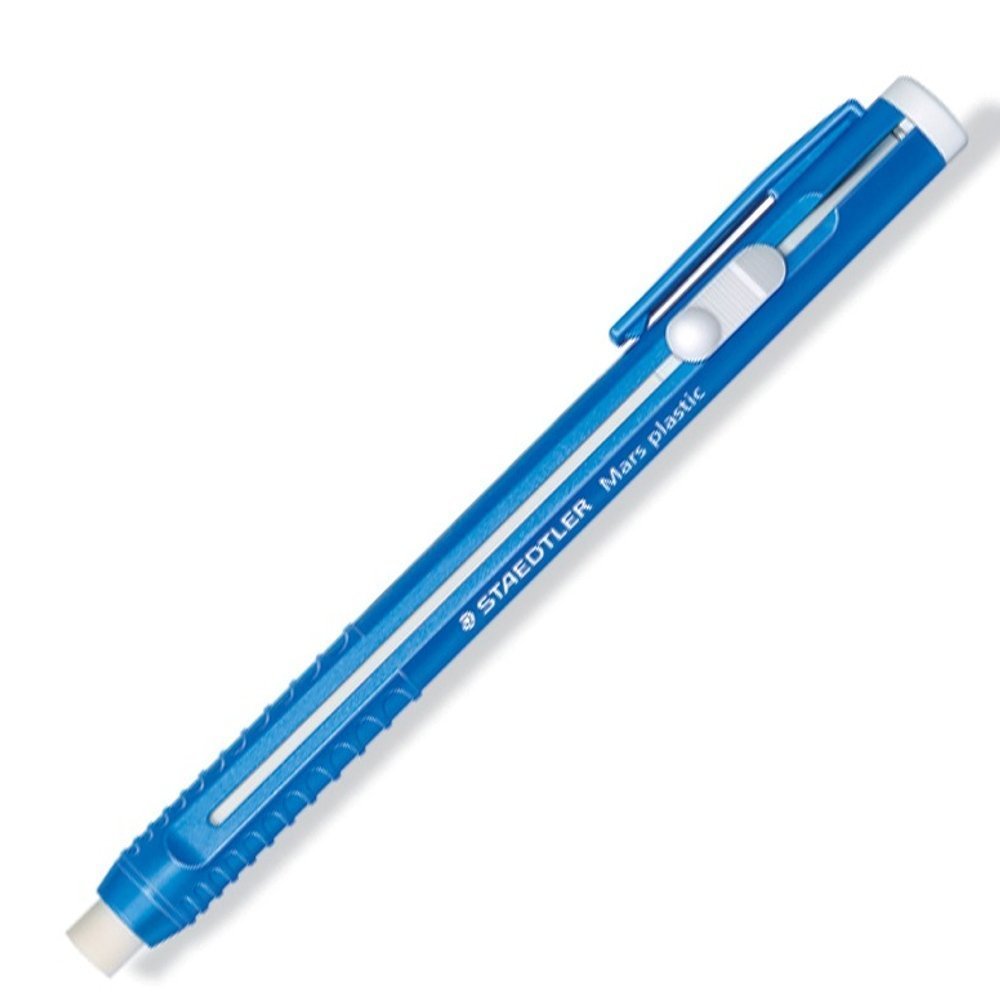
ROTRING 800+ MECHANICAL PENCIL
The Rotring 800+ mechanical pencil is what I use when I’m not in the office or at home. I’ll normally use this pencil when I’m in a cafe or away from my other tools. It’s not the cheapest pencil but a really well built mechanical pencil. known as the ‘God Father’ of pencils, it’s made of metal and is totally retractable so I can take it out with me. It holds a lot of extra graphite and the eraser on the end works very well. The difference between the Rotring 800 and the Rotring 800+ is that the 800+ has a Touch Capacitive stylus on the end. This works well with any touchscreen devices such as iPads or Phones. It means you can draw (in a fashion) on your iPad.
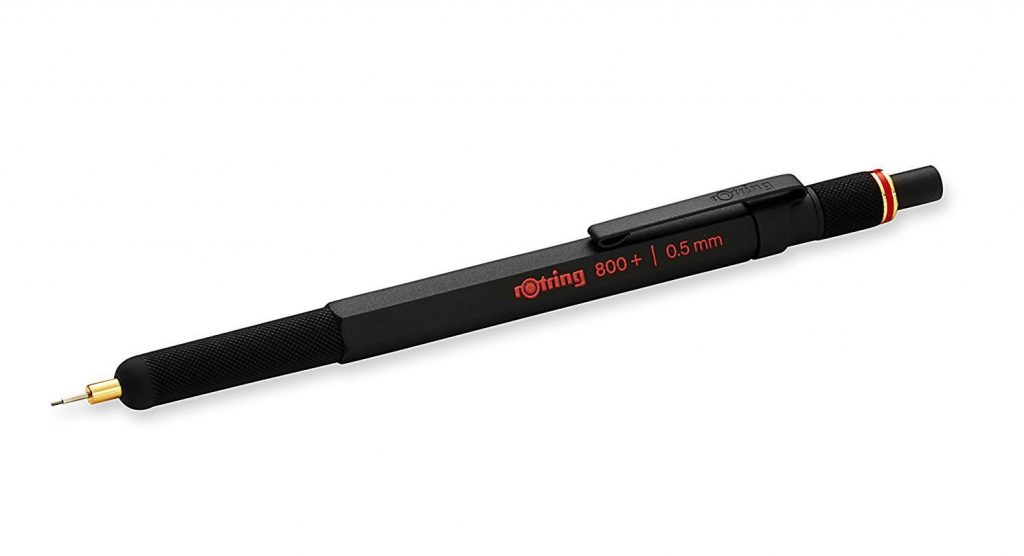 PENTEL SIGN PEN TOUCH FUDE
PENTEL SIGN PEN TOUCH FUDE
The Pentel Sign Pen is a Japanese “Fude” pen. This means that it’s a certain style of brush pen. It enables you to brush calligraphy or draw in different weights.

ZEBRA MEDIUM BRUSH PEN FUDE
The Zebra Fude Pen line up is the same at the Pentel Sign Pen. The Zebra has a variety of different sizes and I prefer to use these, and they are good for brushing calligraphy.
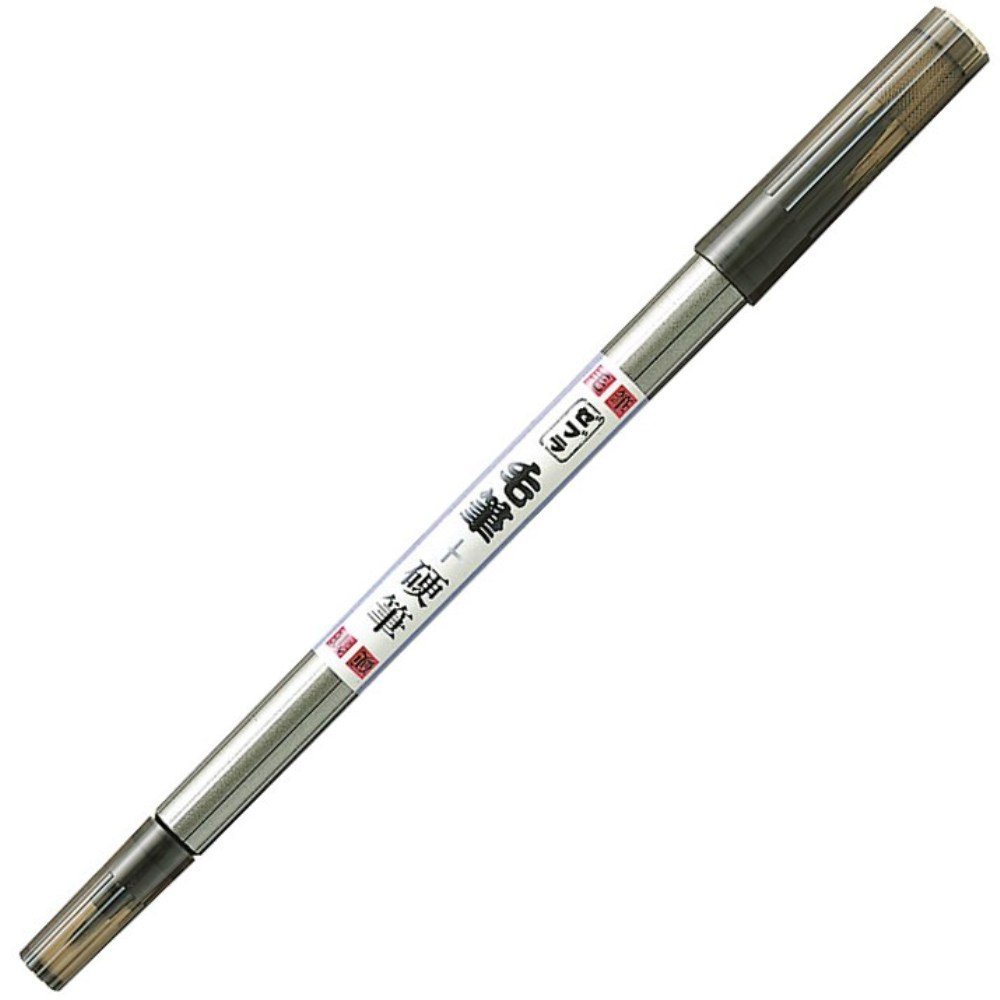
STRAIGHT EDGE
Every sketcher will most likely need a ruler. I always suggest getting a metal ruler and this will last longer and won’t dent if you knock it like those cheap plastic ones. The ruler will help you grid your logos and lettering in the composition stage.
 SAKURA MICRONS
SAKURA MICRONS
The Sakura Micron is the industry standard of fine liner. These pens are used because they have exceptionally good “black” ink and they’re archival. This means the ink won’t fade. They have a very consistent flow so you don’t need to worry about your pen ruining your work during the inking stage.

TOMBOW MONO ZERO 2.3MM ERASER
The Mono Zero is my most used eraser. The difference between this eraser and the Mars Plastic is that it’s small. This is great for the times when you’re needing to erase a very small detail of your drawing without damaging other elements of the artwork.
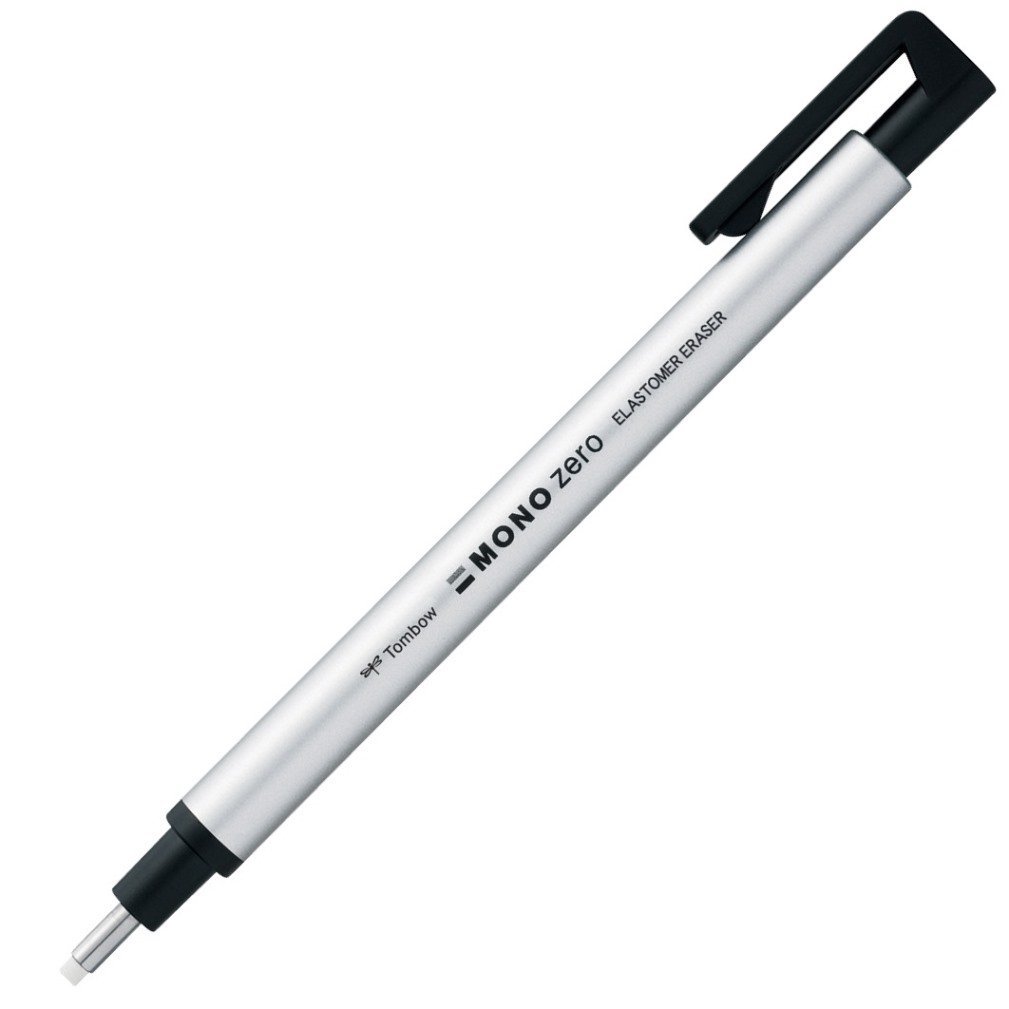
MOLESKINE DOTTED NOTEBOOK EXTRA LARGE
I love Moleskine, they are the best brand of notebooks by far!. Maybe I’m just a fanboy but I genuinely believe these notebooks are the best, they’re acid-free and come in a variety of different sizes. The dotted notebook is great when conceptualising a logotype because you’re able to keep your lines structured, spaced and shaped when drawing. This helps when scanning your work for post editing.

MOLESKINE LARGE SKETCHBOOK
Again, what’s not to love about Moleskine! As well as a dotted notebook, I always use a sketchbook. The paper is amazing to draw on and it’s a great way of keeping track of your drawings. The form factor is good and it just feels great to use.
I am also a fan of using graph paper for inking and love to use Moleskine for refined drawing and when going to client meetings I do like to have my Moleskine with me.

UNI FINELINERS
Unifine Liners are a type of fine liner that a lot more people are starting to use as they are more readily available than the microns. I really like these fine liners, they draw really well and have great black ink. They are branded as “Future Proof” basically making them archival – they last a long time and sometimes I prefer to use them. There’s no reason as to why I sometimes prefer to use them over the microns other than I’m using a different pen. They are sometimes more comfortable to hold than the Sakura Microns.

CONCLUSION
There are many logo designers that skip this crucial stage in the design process and that’s their choice but have they fully explored all possible ideas that could be developed? So why sketch out logo design concepts? It’s all part of the exploration stage I will outline below.
Rapid Concept Development
Sketching is an excellent way to quickly explore concepts. You can sketch for minutes or even hours and work out multiple possible angles and solutions to the design problem you’re facing. This is an essential step in the design process. It will save you time to work through concepts on paper before going to the computer. While it is possible to build sketches on the computer, it’s not as fast as sketching multiple concepts on paper. and your hand is free to explore on paper, and your brain dumps all your ideas quickly and freely, and it’s meant to be fast and fun, but not rushed, so let your mind explore and you hand to release all those ideas on to the paper.
Those pencil sketches will help you quickly record the likeness of what you have visualised in your head. By putting those ideas on paper is the only way to evaluate them is to see if they are worth exploring further. The Sketches will then help to create the basic composition of your illustration.
Client Communication and Approval
Showing sketched compositions to clients will potentially save you an enormous amount of time. The more detailed the project will be the earlier you want client approval. If you’re going to spend hours on an illustration, you want to make sure the client is in agreement with your choice of design direction before moving forward. Getting approval from clients is a common part of the illustration process. It is also common on large logo design projects and other graphic design projects as well.
Visual Exploration & showing process development
Sketching can be used as an activity diary to record and explore your design process. It can also be used to explore multiple options and design directions for that particular design.
Documenting your process is valuable evidence to show your thoughts and design thinking so that other clients can see how you work.
Also, check out this article I wrote that I think you will find valuable:-
Logo Design Sketchbook, Documenting The Process
Let us know your experience with sketching before jumping to digital within your design process.

